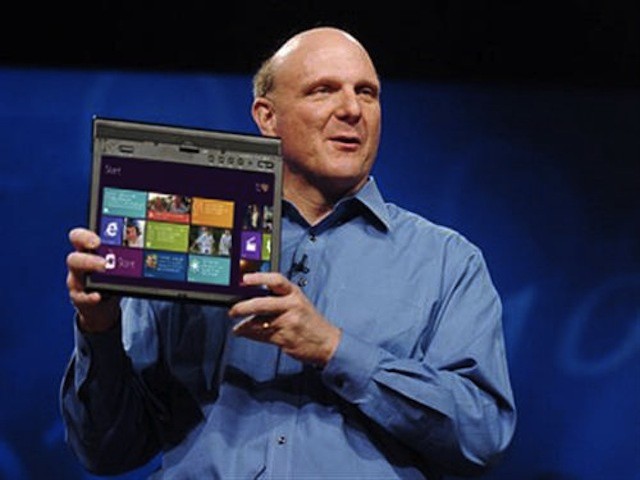Microsoft is using its home field advantage in the business market to alter the playing field between its upcoming low cost Windows RT tablets (formerly called Windows on ARM or WOA tablets) and the iPad. To date, the iPad has been the business and enterprise tablet of choice and that gives Apple a significant leg up over competing Windows RT tablets.
Aiming to neutralize that advantage, Microsoft has written Windows 8 licensing for enterprise organizations in a way that makes supporting the iPad and other non-Microsoft devices more expensive – essentially penalizing companies that opt for the iPad and want to use a virtual desktop (VDI) solution such as those from Citrix and VMWare for remote access to a Windows desktop.
At issue is the licensing for accessing Windows virtual desktops from a mobile device, an issue that made news recently when OnLive launched its OnLive Desktop service. Initially, that product gave users free access to a Windows 7 desktop and Microsoft Office. The company later switched to offering a Windows Server desktop instead to comply with Microsoft’s licensing agreements.
As the OnLive case showed, Microsoft is pretty good at making it cumbersome and expensive for companies to offer Windows 7 virtual desktops to iPad and other tablet users (see our previous coverage for all the gory details).
With the enterprise edition of Windows 8, Microsoft is simplifying the terms. The company is creating a new type of enterprise license for non-Windows personally owned devices called a Companion Device License (CDL), which grants each user the right to access a virtual Windows 8 desktop from up to four devices.
That piece of the pie doesn’t sound so bad. In fact, it streamlines virtual desktop licensing considerably. The twist is that companies who purchase Windows licenses through Microsoft’s software assurance program, which guarantees updates and spreads out payments for software, automatically get Windows RT Virtual Desktop Access (VDA) Rights for each Windows 8 license – meaning that for each PC covered by software assurance, a Windows RT tablet has the right to access a virtual desktop hosted by the company.
As Paul DeGroot, principal analyst at Pica Communications, a Microsoft licensing consultancy told CRN the new model is “basically a penalty for not buying a Windows RT tablet.”
This could be a game changer for some organizations, particularly those that haven’t begun integrating iPads already.
It could also be irrelevant to many companies – if a company doesn’t provide VDI access to a virtual Windows desktop, then the issue is a moot point. Given that native apps are generally considered a better way to work on an iPad than a virtual desktop, this may not entice many businesses to Windows RT in and of itself. That’s going to be particularly true where the infrastructure to support the iPad is already in place.
Then there’s the question of how users will respond to IT making a decision for Windows RT and against the iPad. The consumerization of IT and BYOD programs have given employees much greater choice and control of device selection. Even if it’s an added cost, companies may end up opting to buy CDLs for users that insist on using the iPad and other non-Microsoft devices.


